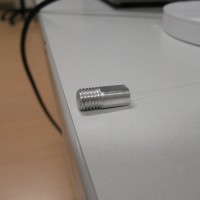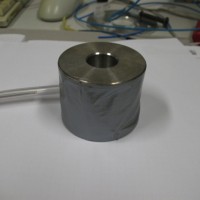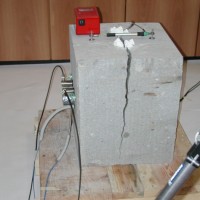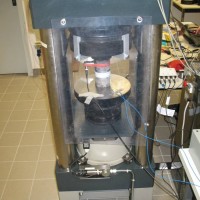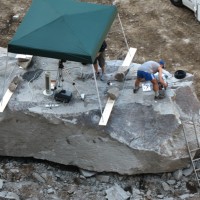Innovative System for Monitoring and assessment of hIgh risk LANDslides
Innovative and integrated system for monitoring and the assessment of hIgh risk landslides. (SIMLAND)
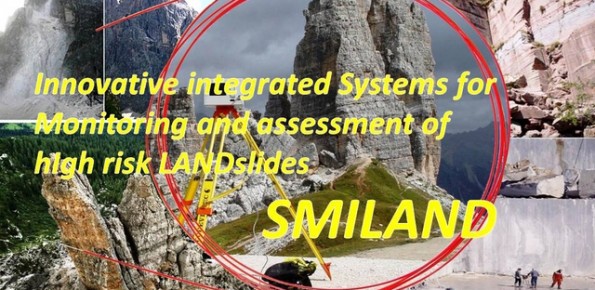
Background
One of the main challenges in the field of engineering geology is the comprehension of the triggering mechanisms of landslides and the forecast of possible evolutionary scenarios in order to assess the correct mitigation measures. Landslides can be initiated by a variety of triggers: from earthquakes to meteorological events, including intense or prolonged rainfall, rapid snow melting, and variations of the surface temperature conditions. Moreover, the climate change could have influence on number and magnitude of climate- and meteorological-driven natural hazards, including landslides. This is true also in the case of rock slope instabilities, which are one of the most dangerous phenomena, due to the difficulty of a temporal prediction and the high energy and velocity involved in the process. In addition, in the case of rock slopes, the analysis of strain accumulation and crack-induced released energy in the rock mass before collapse can provide useful information about the stability conditions of the rock mass itself.
Purpose
The main aim of SMILAND project is to test and develop a monitoring technique for the characterization of ultrasonic acoustic precursory patterns of unstable rock slopes, based on optical fiber sensors (FOS).
Methods
The roadmap will include, among other, the following steps:
- development of suitable and accurate theoretical models to be used in the design of sensing schemes, sensor prototypes and data analysis algorithms;
- extensive laboratory activity for the development and design of the sensors, characterization of the bare sensors and testing of sensors and data analysis algorithms on physical models (e.g., rock samples);
- preliminary controlled field tests in a quarry located in Euganean Hills aimed at the definition of possible scale problems and characterization of the newly developed sensing schemes;
Results
The main results reached are the following:
- Development of a numerical modeling of rock mass, fracture evolution and crack-induced waves propagation.
- Development of numerical and theoretical models to simulate optical sensors behavior.
- Designing of transducers to measure rock movements by means of fiber sensors.
- Rock samples characterization for laboratory testing.
- Laboratory comparison of FOS with conventional instrumentations.
- Definition of a standard methodology for field investigation and its verification.
Products
Two types of fiber optic sensors optimized for a simple detection of acoustic emissions from the rock and for their characterization have been developed; scientific articles appeared in journals and presented at international conferences; guidelines for the application of fiber optic sensors in parallel to traditional instrumentation.
Conclusions
The innovative system that has been developed within the project involves the integration of standard sensors, like piezo-electric transducers and extensometers, with the developed interferometric fiber optic sensors, namely the fiber coil sensor and the ferrule top cantilever. Conventional techniques to identify the rock blocks prone to fall are however required. Thus, it is recommended to monitor the area with standard instruments as well (extensometers, Lidar, GPS etc.).



